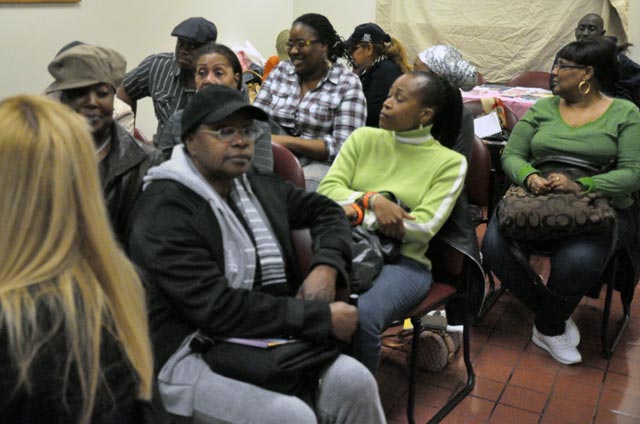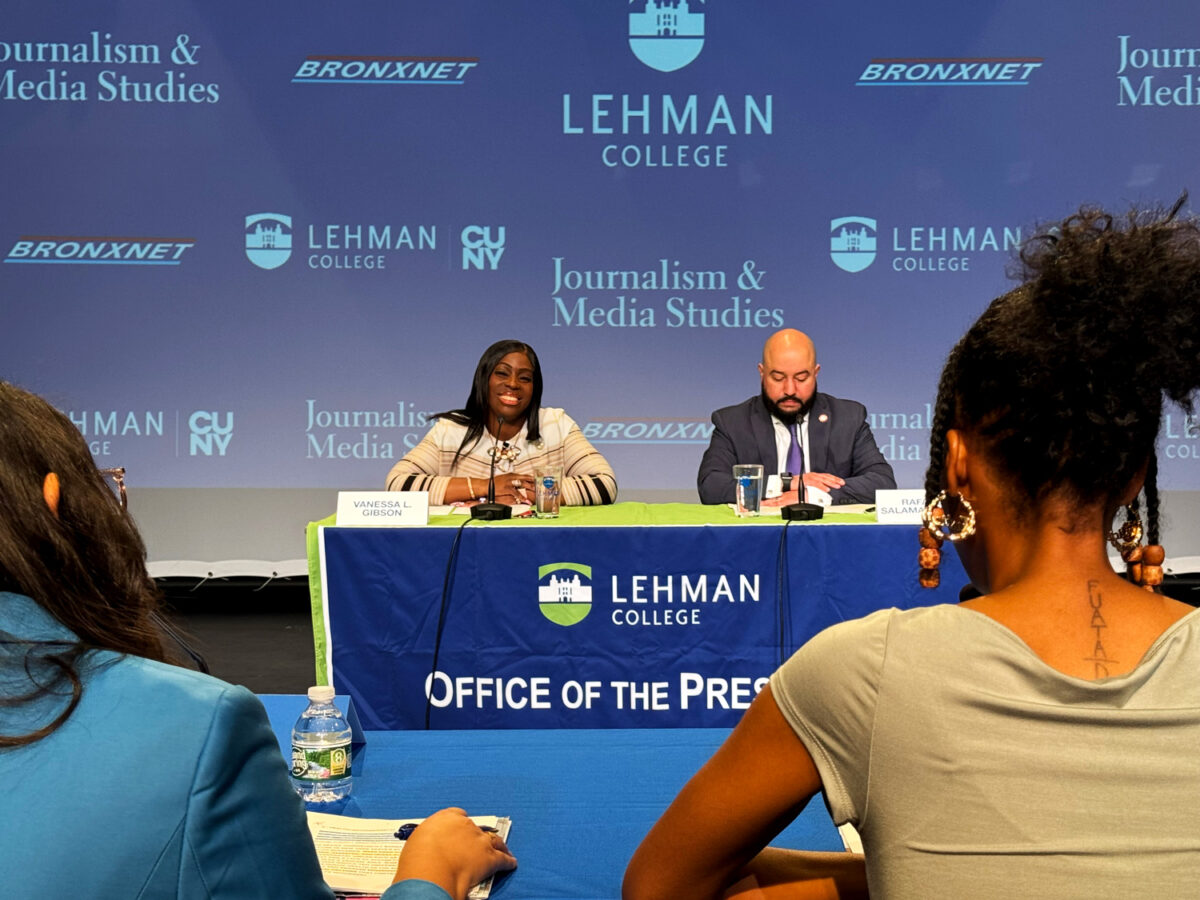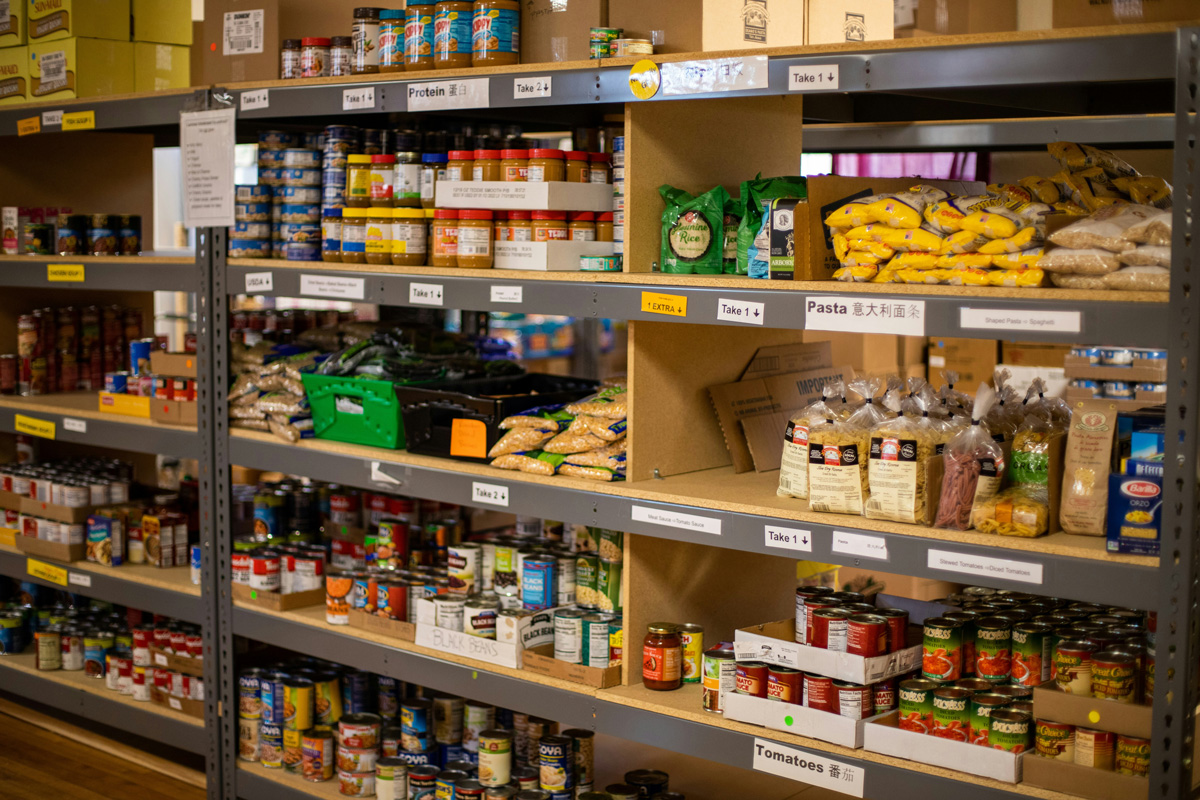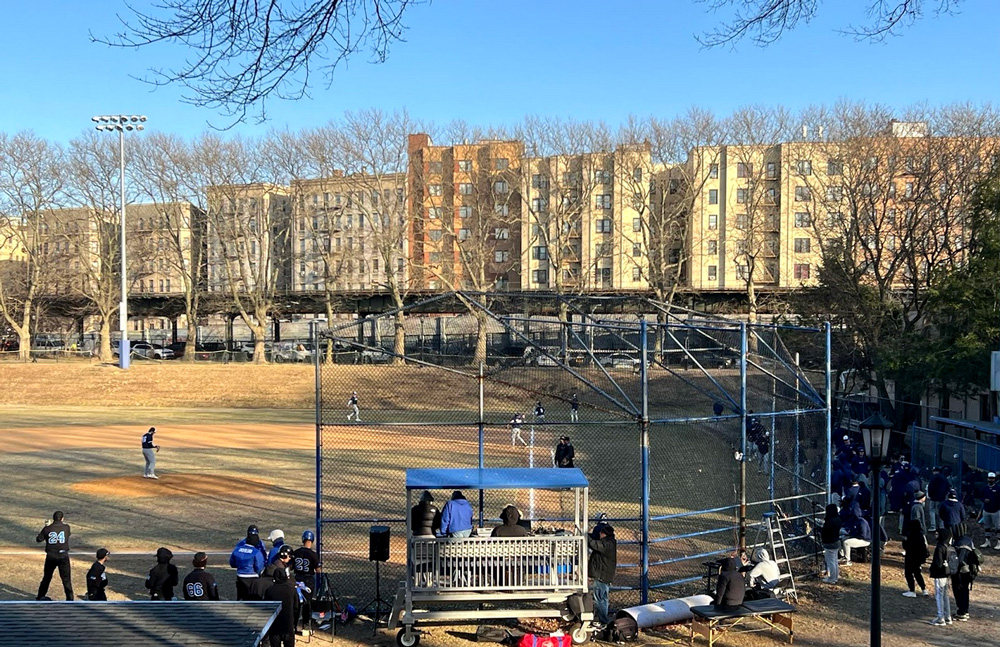
By Melissa Green
The Bronx Journal Staff Writer
Bronx residents battling Lupus — systemic lupus erythematosus (S.L.E) — have found a better way to cope with their disease by turning to support groups.
“Sometimes it’s hard to get here, but it means a lot to get here,” said Claudenette Romero, a member of Lupus Cooperative New York, the Bronx division. “I see the faces of the people that are going through the same challenges…and I just thank God that they open their doors and welcome me.”
Lupus Cooperative New York is designed to educate and to provide a support system for people diagnosed with systemic lupus.
Lupus is a mysterious disease, because no two patients are alike. The symptoms vary from case to case, affecting any or every part of the body. The most common places that lupus attacks is the joints, skin, heart, liver, kidney, blood, and brain.
Lupus is an autoimmune disease. Autoimmune diseases occur when the immune system cannot differentiate between the body’s own cells and tissues and that of foreign matter, like viruses. The reason the body is unable to distinguish between its own cells and that of a virus is believed to have a genetic component. The end result is that no antibodies are produced to defend against these foreign invaders, and auto-antibodies are created by the body’s own immune system that begin attacking it.
Lupus has inflicted its ravages on the lives of 1.5 million Americans, but areas such as the Bronx, with the majority of the population being black and Hispanic are experiencing a higher percentage of lupus patients.
Lupus is a disease that discriminates. Ninety percent of lupus patients are women. Equally alarming is that Latinos are two times more likely to develop the disease then Caucasians, and African Americans tip the scale by being three times more likely.
Another dangerous factor associated with lupus is that a lot of people are unaware that the disease exists.
Mandinga Browne, a 29-year-old student of Berkeley College and business owner, admitted that he knew little about the disease. “I’ve heard of the disease, but if you asked me to go into detail about it I couldn’t.”
With S.L.E counseling centers located throughout the five boroughs of New York and a substantial number of hospital faculties created to treat patients, one would think the number of people aware of the disease in the Bronx would be considerable higher.
In a survey conducted at Lehman College, a college where the majority of students are of African and Latin decent, only two out of the 10 students gave correct information about the disease. “I’m not sure exactly what Lupus is, but I know it’s a disease that makes you tired,” said Joseph Hernandez a freshman at Lehman.

Yasmin Santiago
Yasmin Santiago, a representative for the S.L.E Lupus Foundation and the Bronx Lupus outreach counselor is trying to make the members of her support group more knowledgeable about the disease, which she hope will be passed on to the community.
“There [are] actually three types of lupus,” she says. “There is the systemic, discoid, and the drug-induced lupus, but our organization focuses on the systemic because it’s the one that affects the inside and it’s the one affecting the organs. Some of the symptoms of lupus is hair loss, fiatuge, a lot of joint pains, a lot of swelling, [and] depression. Actually, [there’s] also the Raynaud’s phenomenon. It’s when your fingertips turn blue. [Other symptoms are] chest pain, where you breath in deeply and it actually hurts, sensitivity to the sun, and protein in the urine,“ said Yasmin.
Drug-induced lupus is brought on by a drug reaction and is reversible when the drug is discontinued. Discord lupus is simpler than that of S.L.E in that it affects the skin, but what distinguishes it is the severity. Sores and lesions that often scar badly, occur throughout a person’s, face, ears, and scalp. Scaring makes it impossible for hair to re-grow in that area of the sculp.
Lena Morgan, a 40-year-old survivor of the disease attends Yasmins support groups. She now uses the information she learned and her own experiences to become a mentor for other people inflicted with the disease.
“I was first diagnosed in 2004,” said Morgan. “I didn’t know anything about lupus. I had these symptoms, very fatigued, shortness of breath, nauseated. Not too much joint pain, but it was something that was recurring and I didn’t know why. So I went to the doctor and they didn’t know. I got very sick, like dying. I went to the emergency room. They said, ‘What’s wrong with her? She’s lifeless.’ Lupus is so silent that you don’t even know. Lupus has no name on it.”
The fact that lupus is so difficult to diagnose may be having an effect on researchers ability to gain statistic on how many Bronx residents are now being treated for the disease.
For minor cases, lupus is treated by pain relievers and anti-inflammatory drugs such as Hydroxychloroquine sulfate (Plaquenil).
Recently, a new drug to treat lupus has been release to the public called Benlysta. Benlystra’s approval by the U.S. Food and Drug Administration (FDA) is historic because it’s the first drug to be approved in over 50 years.
People with lupus often have high levels of proteins, so Benlystra latches on to the protains limiting the “activity” of the protein.

Trials tracking the progress of Benlystra in lupus patients during the course of a year showed, “that people who got the addition of Benlystra did better than people who didn’t,” according to a Benlystra Representative.
The side effects associated with Benlystra are still being documented.
Though Benlystra promises to help those suffering with lupus, patients of the disease seem hesitant to try another drug.
“I am terrified to take anything thing else,” said Diana Green a lupus survivor. “I want to get better, but yet at the same time I am saying ‘This will take out my hair or do something else.’ You have that in the back of your mind.“
Members of the Bronx Division of the Lupus Cooperative New York feel that places such as the group give them a greater chance to make it through days where fighting the disease becomes unbearable.
“I owe it all to Yasmine…she been like a rock to me,” said Green. “So, I can call and tell her anything, like when I’m not well and when I’m well. I don’t care what anybody says…she makes me strong.”








Janell | December 19, 2011
|
I just would like to say that I never really heard of Lupus until Lena Morgan was diagnosed with this disease. I must say that I think this support group is very encouraging for the people that has been touched with this disease. Everybody need somebody and for you guys to come together to give each other strength and encouragement is a wonderful thing. To Yasmin please keep up the good work, it takes someone strong to step up to the plate. Lena continue to share the story of your miracle to give someone else hope. Put God first “there’s nothing to hard for God”.
JanellW.
Ro | December 21, 2011
|
Groups like the SLE Lupus Foundation are invaluable. Even though I don’t attend the suport groups, every year both me and my family look forward to their hospital tour- where they host doctors and give lectures at a hospital in each borough. It’s been a great way for me to keep up on new developments and a great way for my family to better understand what I’m going through.